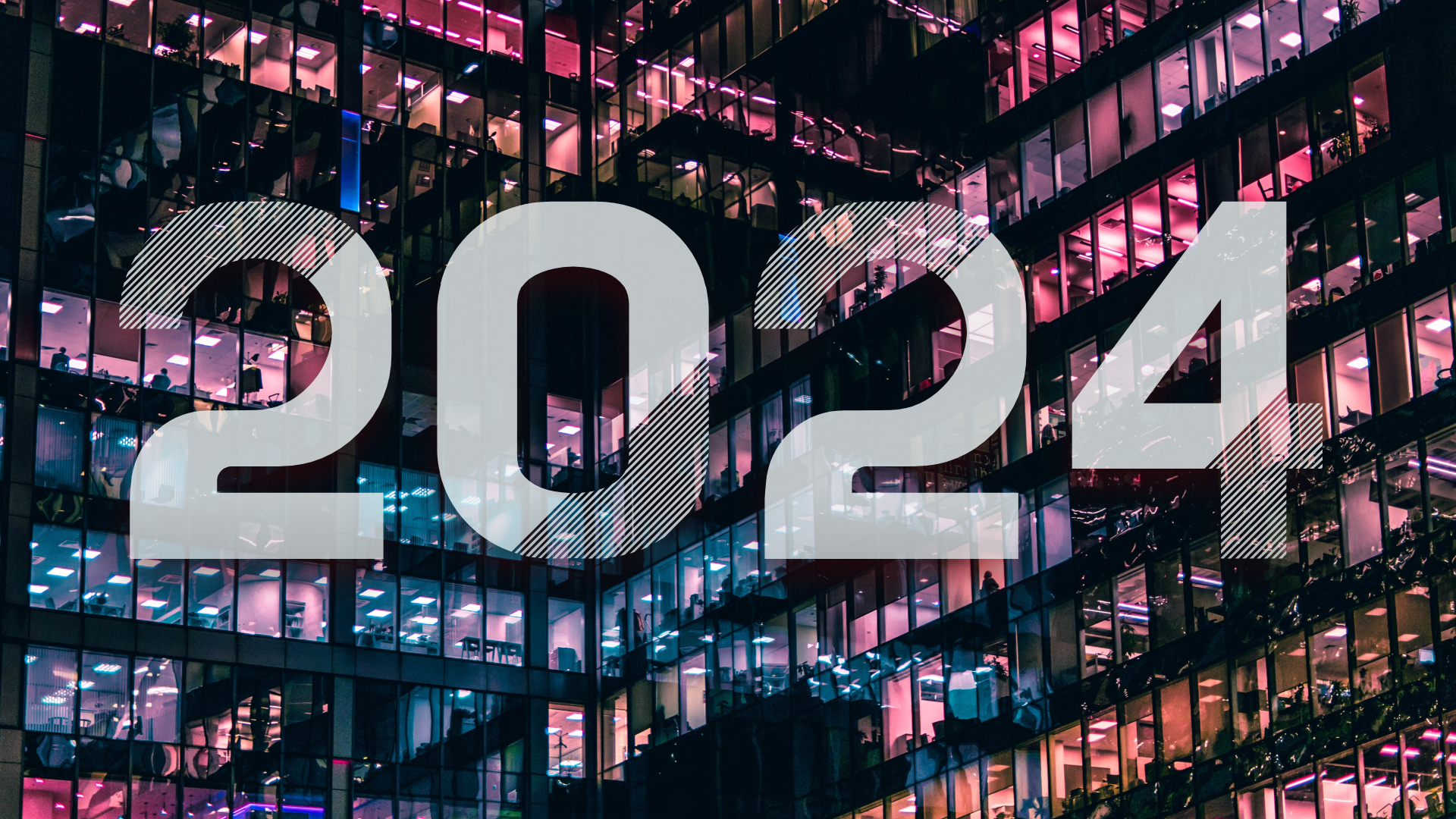Mark Pierpoint, vice president of strategic innovation and partnerships at Keysight Technologies gives his view of the year ahead in telecoms and tech; he discusses the opportunities and challenges with artificial intelligence (AI), environmental, social and governance (ESG) initiatives around energy transition, and the new space race with low-earth orbit (LEO) satellite communications.
AI unmasked – from hype to reality

Despite all the hype around AI and generative AI, the technology is far away from being able to automate and optimise every aspect of our lives anytime soon. AI is making progress; however, automating a chatbot or creating a digital assistant are constrained problems that are much easier to automate.
When it comes to helping manage real-world processes such as optimising call quality on a 5G network or managing energy consumption, these are incredibly complex operations, with a wide array of variables requiring vast unbiased data sets before AI can be effective. While the intelligence will undoubtedly help us in 2024, realistically, AI will not be ready to direct physical-world activities until the end of the decade.
Energy usage drives tech decisions
Technology decisions, rather than solely evaluating performance and cost, will increasingly take into account sustainability. Energy efficiency will be a C-suite imperative influencing every decision in order to achieve environmental goals.
To support the shift to more renewable energy, the grid will increasingly need to add storage to enable utility companies to manage the peaks and troughs of demand efficiently. Additionally, before the end of the decade, there needs to be a widespread acceptance that nuclear energy is a critical component required to meet Net Zero goals.
Today, we lose about 50 percent of electrical energy through losses in distribution, so microgrids will become increasingly popular as they can generate, distribute, and control energy close to where it is used. The ability to provide reliable and resilient power will see them used in a diverse range of applications spanning suburbs, rural electrification, military bases, and critical infrastructure facilities.
Space race – the next must-have tech
Advances in technology have dramatically reduced the cost of putting a LEO (low earth orbit) satellite into space. And as countries understand the risks of not having their own satellite network, demand will continue to rise, and the price will continue to fall. Without considering the risk of disrupting earth-based astronomy, regulations are needed to manage the growing problem of space junk.
As satellite constellations increasingly support communications with individual satellite lifetimes of about five years, the risk of space debris damaging critical infrastructure will escalate. Without some agreements, a significant incident will undoubtedly occur over the next decade. As more and more communication happens in space, a wealth of new data privacy and security risks will also need to be addressed.

